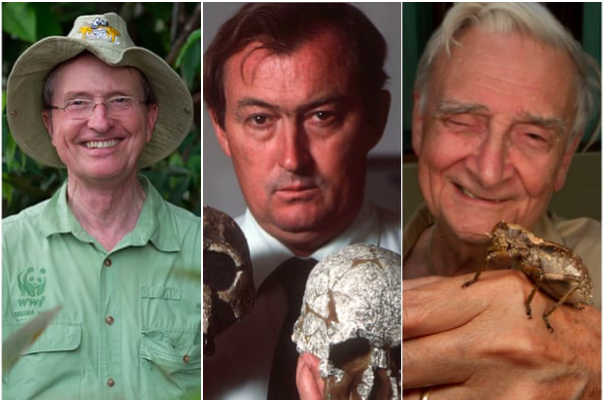Over Christmas and the new year, three figures who have shaped today’s environmental movement died: Thomas Lovejoy, Richard Leakey and Edward O. Wilson.
As we start the new year full of resolutions for the fight against biodiversity loss, we reflect on how we can learn from their legacies, in order to honour the natural world they fought so hard to protect.
Thomas Lovejoy died on Christmas Day, aged 80. Not only did he transform our environmental vocabulary, coining the phrase « biological diversity », but his work in the Amazon on extinction rates in the 1980s sounded the alarm on the biodiversity crisis.
Lovejoy was also seminal in fusing the conservation movement with climate activism : having emphasised the causal link between human activity and mass species decline, he saw the solutions in nature through habitat restoration. He thus inspires our call for Nature-Based Solutions moving forward in 2022.
Perhaps more famous for his work proving the African origins of homo sapiens, the French conservationist movement will remember Richard Leakey for his ferocious battle against the ivory trade that was decimating elephant populations in his native Kenya. In 2014, France was the first European country to follow Leakey’s pioneering method of destroying stockpiles, burning 3 tons of seized ivory : a powerful example of using global connectivity to cause change on a systemic level.
Edward O. Wilson dedicated his 92 years of life to an intense and ultimately hopeful scientific exploration of human relations to other animals.
As we increasingly feel the consequences of human disconnection to the natural world, we would do well to rediscover the affinity for other species – or “biophilia” – that Wilson emphasised as a fundamentally human trait.

Comments are closed